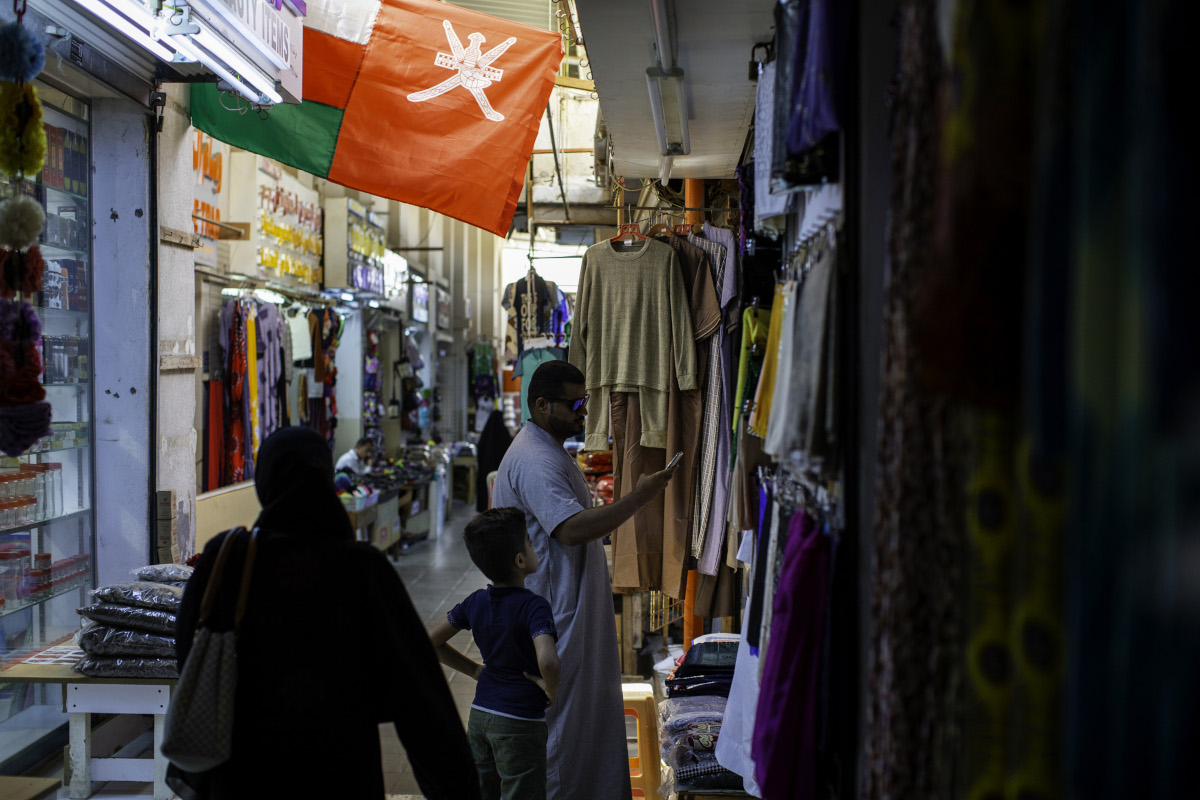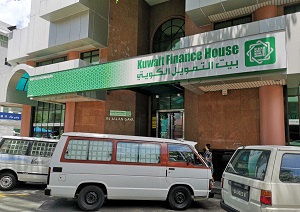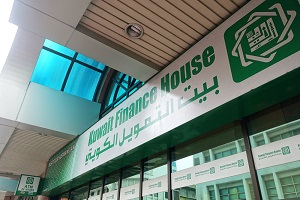
Moody's expects problem loans to increase in Oman
Despite its access to financial markets—with a well received $3 billion bond issuance in July 2019—Oman's fiscal position remains weak and its debt is rated junk by rating agencies.
Moody's said that problem loans in Oman are set to rise to around 3.7 per cent of gross loans in 2019-20 from 2.8 per cent in June 2019, with the stressed construction sector and a few large borrowers heightening the risk.
Mik Kabeya, Assistant Vice President at Moody’s, said, “The challenging environment for businesses and households will lead to increased problem loans, our negative outlook for the sector also takes account of the government’s declining capacity to support the country's banks in case of need.”
The Omani banking system outlook remains negative as loan quality weakens and access to funding is tight in a subdued economy.
However, the rating agency expects capital to remain sound and profitability to be robust, though edging lower.
Additionally, Moody’s expects net interest margins to narrow slightly in line with declining US rates as well as operating expenses to stabilise but loan loss provisioning needs will soar as problem loans start to rise.
The Sultanate’s constrained finances owing to oil output cuts will limit banks' access to funding and liquidity while credit growth will remain stable at 6.5 per cent through 2019 and 2020, although well below historic levels.
Moody’s expect loan quality to weaken due to public spending restraint, delayed payments in the construction sector that will spread through to the wider economy and weak consumer confidence as moderate oil prices weigh on economic growth and corporate profits.




